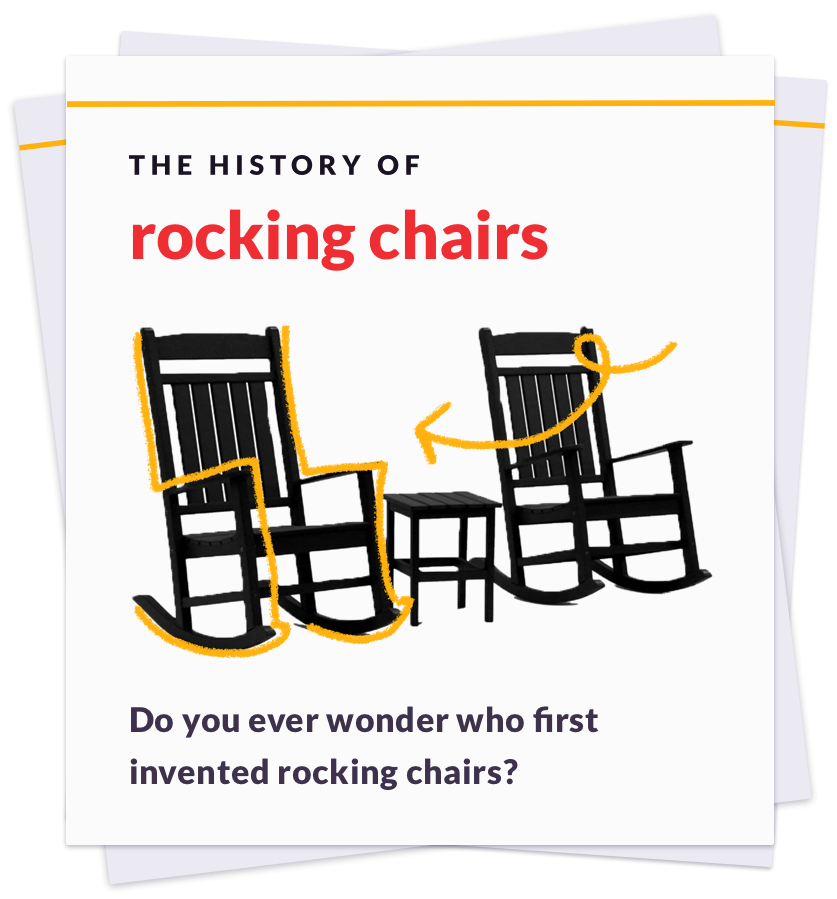In December 1920, Walter Knott, his wife, Cordelia, and their children moved to Buena Park, California, where they began farming berries. Despite the Great Depression, the family business thrived, and Walter even cultivated a new type of berry, the boysenberry. At their small market, there was a tea room where Walter’s wife, Cordelia, sold sandwiches, jams, and pies. In 1934, she made eight fried chicken dinners for her tea room guests, which she served on the family’s fine wedding china alongside a salad with rhubarb, biscuits, vegetables, mashed potatoes with gravy, and berry pie. She charged 65 cents for each meal. Word of her delicious fried chicken spread, and soon people were flocking to family’s farm to get some. The dining room originally had room for 20 people but in 1935, the Knotts expanded it to seat 40 guests (and expanded again the following year to accommodate 70 guests). The tea room had become a full restaurant and they soon expanded to seating for 350 people, but Cordelia’s food was so popular that there was still a long wait. In 1939, their daughter, Virginia, set up a card table with gift items for sale, which became a full-fledged gift shop designed to entertain waiting guests. Walter also made attempts to entertain hungry guests while they waited, beginning with the installation of music boxes, a rock garden, and a small scene with a historic millstone and water wheel. Next to that, he recreated George Washington’s fireplace from Mount Vernon and also built a small volcano, a honeybee hive, and other visually interesting displays. Then in 1940, inspired by his mother’s journey to California in a covered wagon in 1868, he decided to build a Ghost Town and began work on what would become Main Street. Walter’s Ghost Town became an attraction in itself, so he hired actors to entertain guests in his faux western town. Sculptor Claude Bell also populated Ghost Town with concrete statues, including Handsome Brady, Whiskey Bill, and dancers Marilyn and Cecelia. In 1947, Walter named the expanding enterprise Knott’s Berry Farm. That same year, the Pan for Gold attraction was added and The Wagon Camp, known for its musical showcases, soon followed. The amusement park expanded rapidly in the 1950s and in 1954, the Bird Cage opened for vaudeville and melodrama performances (notably, stars like Steve Martin and Dean Jones got their start there!). Wendell “Bud” Hurlbut befriended Walter and created the Calico Mine Ride and the Timber Mountain Log Ride, the first of which opened in November 1960 and featured the first-ever hidden switchback queue. Then Independence Hall opened on July 4, 1966. In 1968, Knott’s Berry Farm began charging an admission fee of $1 and Marion, the Knott’s youngest daughter, began planning Fiesta Village. On July 11, 1969, the Calico Log Ride (now Timber Mountain Log Ride) opened; it was one of the first log flume rides in the United States and John Wayne served as the master of ceremonies for its opening. The long-running Halloween event called Scary Farm (originally, Knott’s Halloween Haunt) got its start in 1973. After the introduction of an original mascot named Whittles the Old Timer didn’t go well, Knott’s Berry Farm introduced walk-around characters from Snoopy and the Peanuts Gang in the 1980s. Knott’s Berry Farm was sold to Cedar Fair in the 1990s, but the expansions continued, with several roller coasters being added around that time. Today, Knott’s Berry Farm remains a popular theme park in America and still entertains massive crowds of visitors each year.

Your go-to guide for weird history facts
Subscribe to the FREE daily email that makes learning about history fun.


